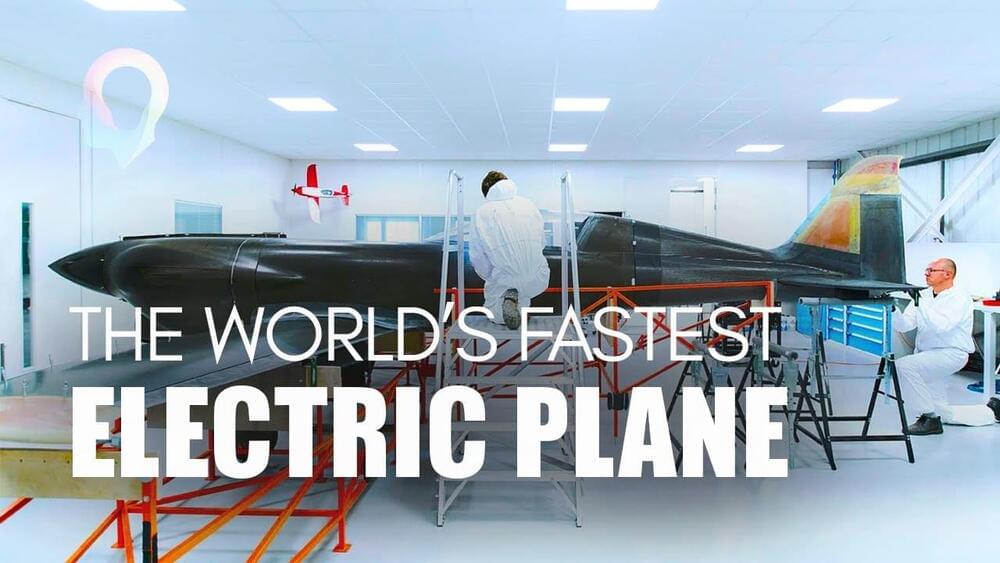https://www.youtube.com/watch?v=GsXGJ1O3ccQ
▶ Check out Brilliant with this link to receive a 20% discount! https://brilliant.org/NewMind.
THE SPIRIT OF INNOVATION
On November 16, 2021, an experimental aircraft called the ‘Spirit of Innovation’, designed by Rolls Royce, would record an average speed of just under 556 km/h or 345mph over a 3km span. The Spirit of Innovation is the world’s fastest, all electric aircraft. It superseded the previous record set by the Siemens eAircraft Extra 330 LE Aerobatic aircraft in 2017 by over 213 km/h or 132 mph, and it also climbed over 60 seconds faster to 3,000 meters or about 10,000 ft.
BUILDING THE AIRCRAFT
The Lycoming engine was replaced by three electric motors and the fuel tank by three battery packs. Combined, the battery packs, motors and control equipment were similar in weight to the existing power plant, however this fully electric system was now capable of outputting around 530hp continuously and almost 1000hp in bursts. By comparison, in a conventional aircraft, the overall weight is reduced as the fuel is used up. To compensate for this, the aircraft was converted to a single-seater to reduce weight further, though at the cost of moving the center of gravity slightly forward.
MOTOR
Designing the propulsion unit for the Spirit Of Innovation was also another major hurdle for the ACCEL team. Not only must the electric motor be compact and powerful, but also possess a high degree of reliability and the ability to tolerate failures, for aviation use. Because no single electric motor was commercially available that would meet these requirements, the team decided on a propulsion configuration composed of a stack of 3 YASA 750R axial flux electric motors coupled by a single shaft running through them. Using 3 of these motors in tandem not only met the power requirements of the ACCEL team but it also offered redundancy against motor failure.
While the entire triple motor system weighed just 111kg or about 244lbs, it was capable of generating around 750kw or 1000hp, though continuous total power was limited to around 210kw or about 280hp, due to thermal constraints.
COOLING
Unlike road going vehicles, aircraft require relatively larger amounts of continuous power simply to cruise. For an electric aircraft this creates safety concerns as the high wattage draw, combined with the density of the propulsion system’s packaging, generates significant amounts of heat. Within the battery pack, each individual cell was fitted with both voltage and temperature sensors. This robust sensor array not only drove the thermal management system, but also served as a safety mechanism, providing the pilot information on the health of the battery as well as alerting to potential failure conditions.









Comments are closed.